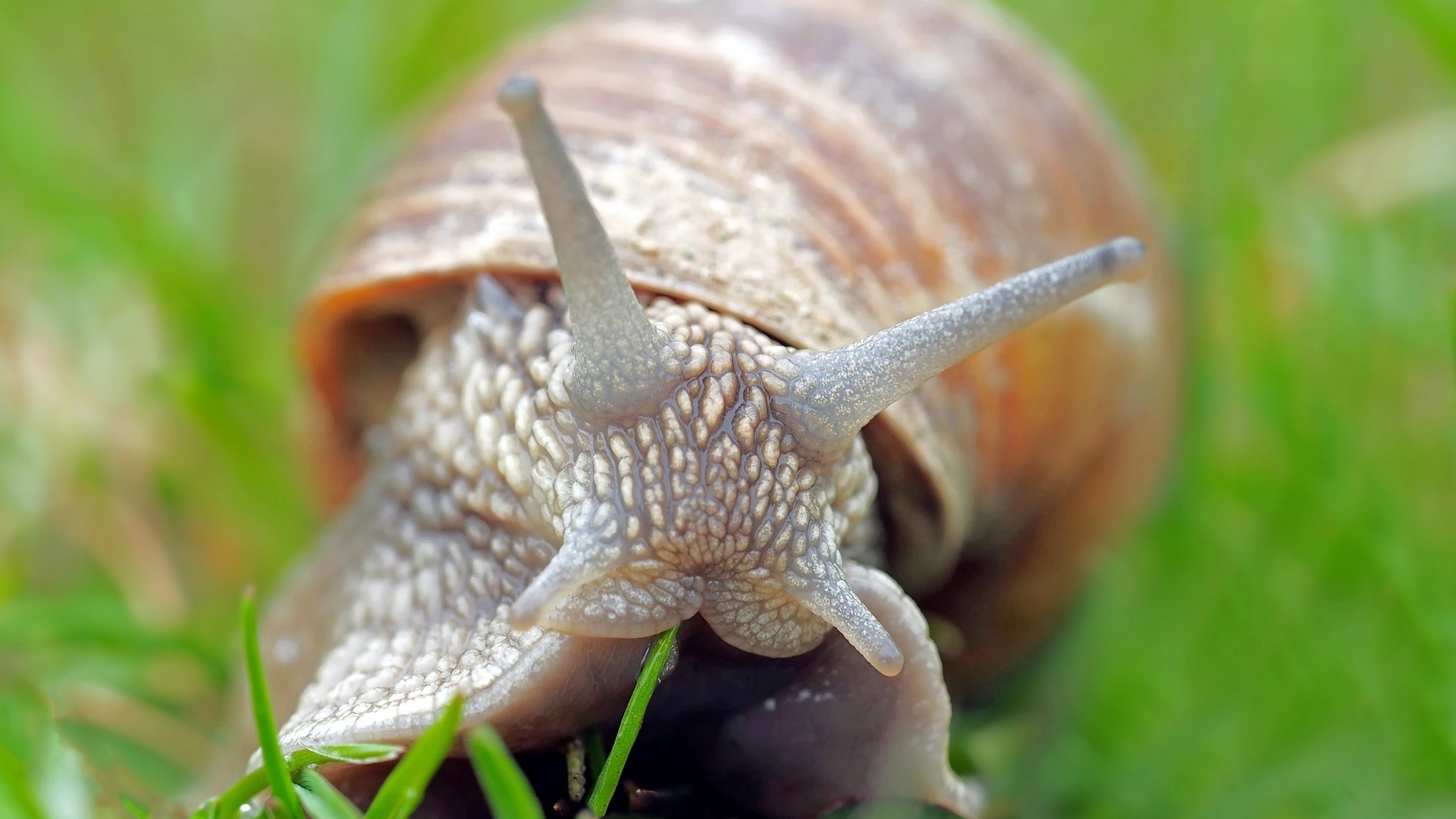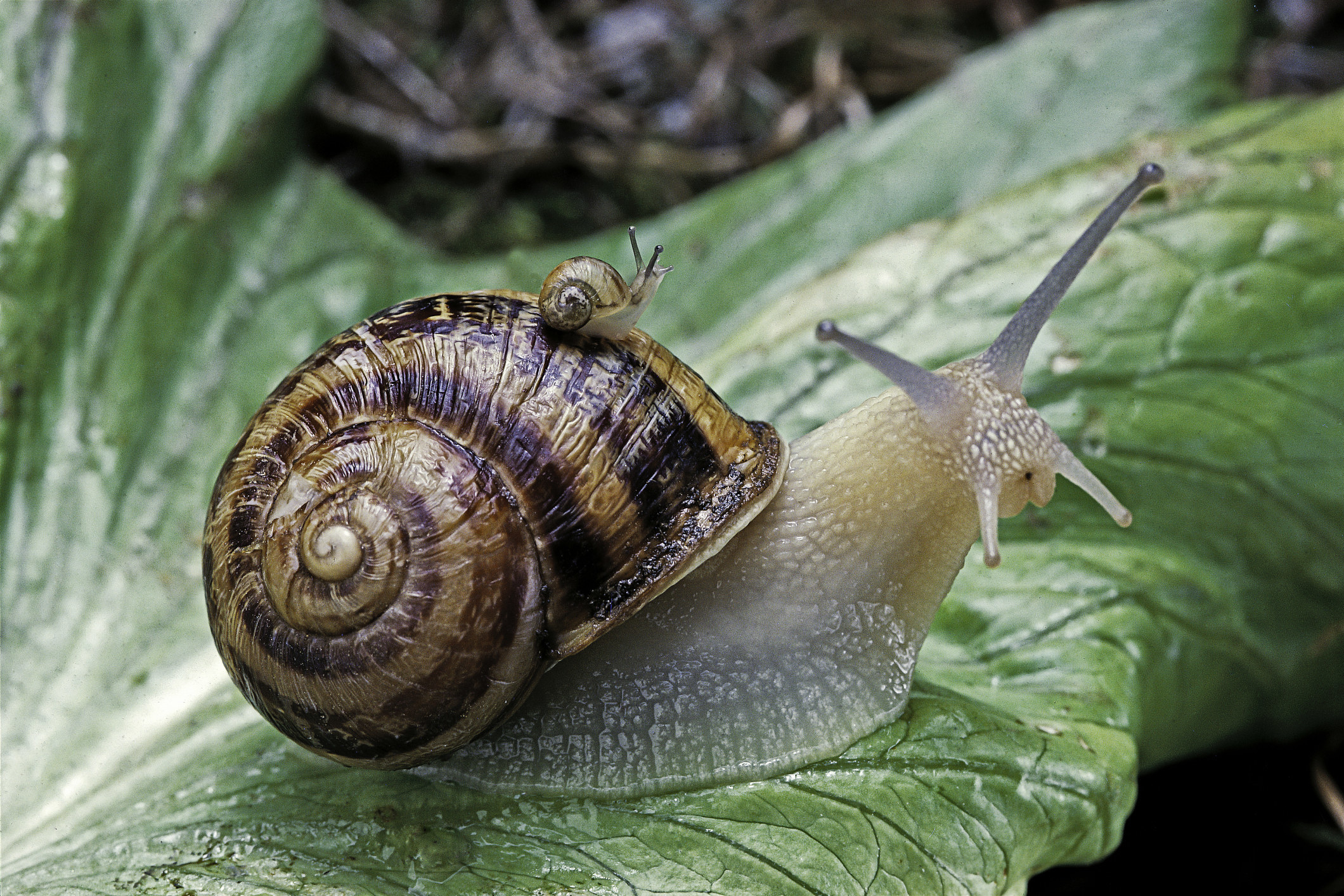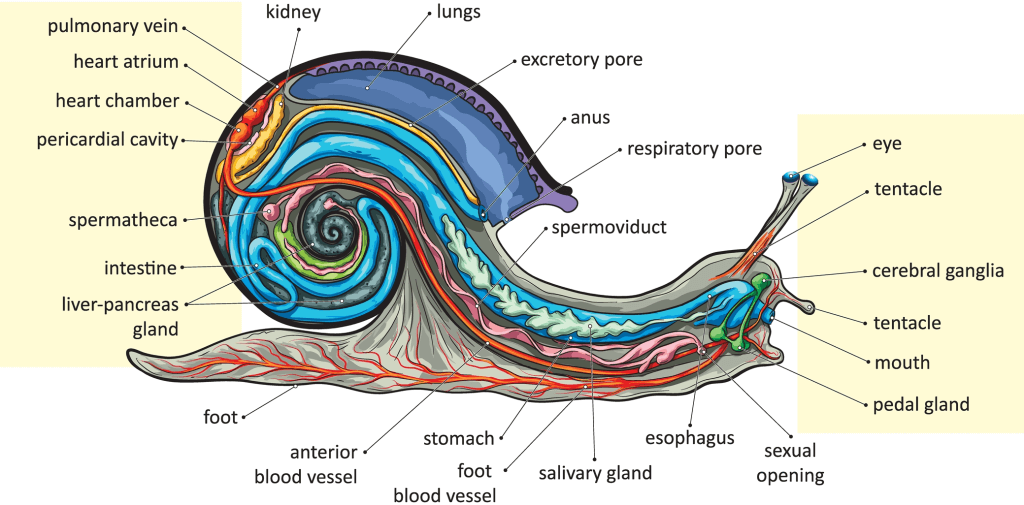Snails are fascinating creatures that have intrigued humans for centuries. Their slow movement and unique appearance make them a subject of curiosity. One common question that arises is, “Is a snail an insect?” In this blog post, we will delve into the world of snails, exploring their classification, characteristics, and more.
What Are Snails?
Snails are mollusks, belonging to the class Gastropoda. They are known for their spiral shells and slow, gliding movement. Snails are found in various environments, from gardens to oceans, and play significant roles in ecosystems. Their primary features include a muscular foot, a coiled shell, and tentacles on their head.
Snail Classification
Understanding the classification of snails helps clarify their distinction from insects. Snails belong to the phylum Mollusca, which includes other soft-bodied animals like clams, squids, and octopuses. Within this phylum, snails are categorized under the class Gastropoda, making them distinct from insects.
Snail Phylum
The phylum Mollusca encompasses a diverse range of animals, characterized by their soft bodies, which are often protected by a hard shell. Snails, as members of this phylum, share common features with other mollusks, such as a mantle and a radula, a specialized feeding organ.
Snail Order and Family
Snails are further classified into various orders and families based on their anatomical and ecological characteristics. For example, the order Pulmonata includes most land snails, while the family Helicidae comprises many familiar garden snails.
Is a Snail an Insect?

The question “Is a snail an insect?” often arises due to misconceptions about their appearance and behavior. However, snails are not insects. Insects belong to the class Insecta within the phylum Arthropoda, which includes creatures like beetles, butterflies, and ants. In contrast, snails are part of the class Gastropoda within the phylum Mollusca.
What Is a Snail Classified As?
Snails are classified as gastropods, a class of mollusks. This classification is based on their unique anatomical features, such as their coiled shells and muscular foot. Unlike insects, snails do not have segmented bodies or jointed legs.
Snail Scientific Name
The scientific name of a snail varies depending on the species. For instance, the common garden snail is known as Helix aspersa. Each species has its own specific scientific name, which follows the binomial nomenclature system, consisting of a genus and species name.
Types of Snails

There are numerous types of snails, each adapted to different habitats and lifestyles. Some of the major categories include land snails, freshwater snails, and marine snails.
Land Snails
Land snails are the most commonly encountered snails in gardens and forests. They have adapted to terrestrial environments and often have thicker shells to retain moisture. Examples include the garden snail (Helix aspersa) and the Roman snail (Helix pomatia).
Freshwater Snails
Freshwater snails inhabit rivers, lakes, and ponds. They play crucial roles in aquatic ecosystems, such as consuming algae and detritus. Examples include the pond snail (Lymnaea stagnalis) and the ramshorn snail (Planorbidae family).
Marine Snails
Marine snails are found in oceans and seas, where they occupy various ecological niches. They range from tiny species to large conchs. Examples include the common periwinkle (Littorina littorea) and the sea hare (Aplysia californica).
Snail Anatomy and Physiology

Understanding the anatomy and physiology of snails provides insights into their classification and behavior.
What Does a Snail Look Like?
Snails typically have a coiled shell, which serves as protection from predators and environmental hazards. They have a muscular foot used for locomotion, and their head bears tentacles, which are sensory organs.
Snail Genus and Family
The genus and family of a snail depend on its specific characteristics and evolutionary lineage. For example, the garden snail belongs to the genus Helix and the family Helicidae.
Snail Behavior and Ecology
Snails exhibit various behaviors and adaptations that enable them to thrive in their environments.
Snail Reproduction
Snails are known for their unique reproductive methods. Many species are hermaphroditic, possessing both male and female reproductive organs. They can lay eggs in protected environments, ensuring the survival of their offspring.
Snail Feeding Habits
Snails primarily feed on plant material, algae, and detritus. Their radula, a toothed organ, helps them scrape food particles from surfaces. This feeding behavior plays a crucial role in nutrient cycling within ecosystems.
Conclusion
In summary, snails are not insects but belong to the class Gastropoda within the phylum Mollusca. They exhibit diverse forms and behaviors, adapting to various habitats from terrestrial to aquatic environments. Understanding their classification and characteristics helps dispel common misconceptions and highlights their unique role in nature. Whether in a garden or the depths of the ocean, snails continue to fascinate and intrigue us with their slow, deliberate ways.

